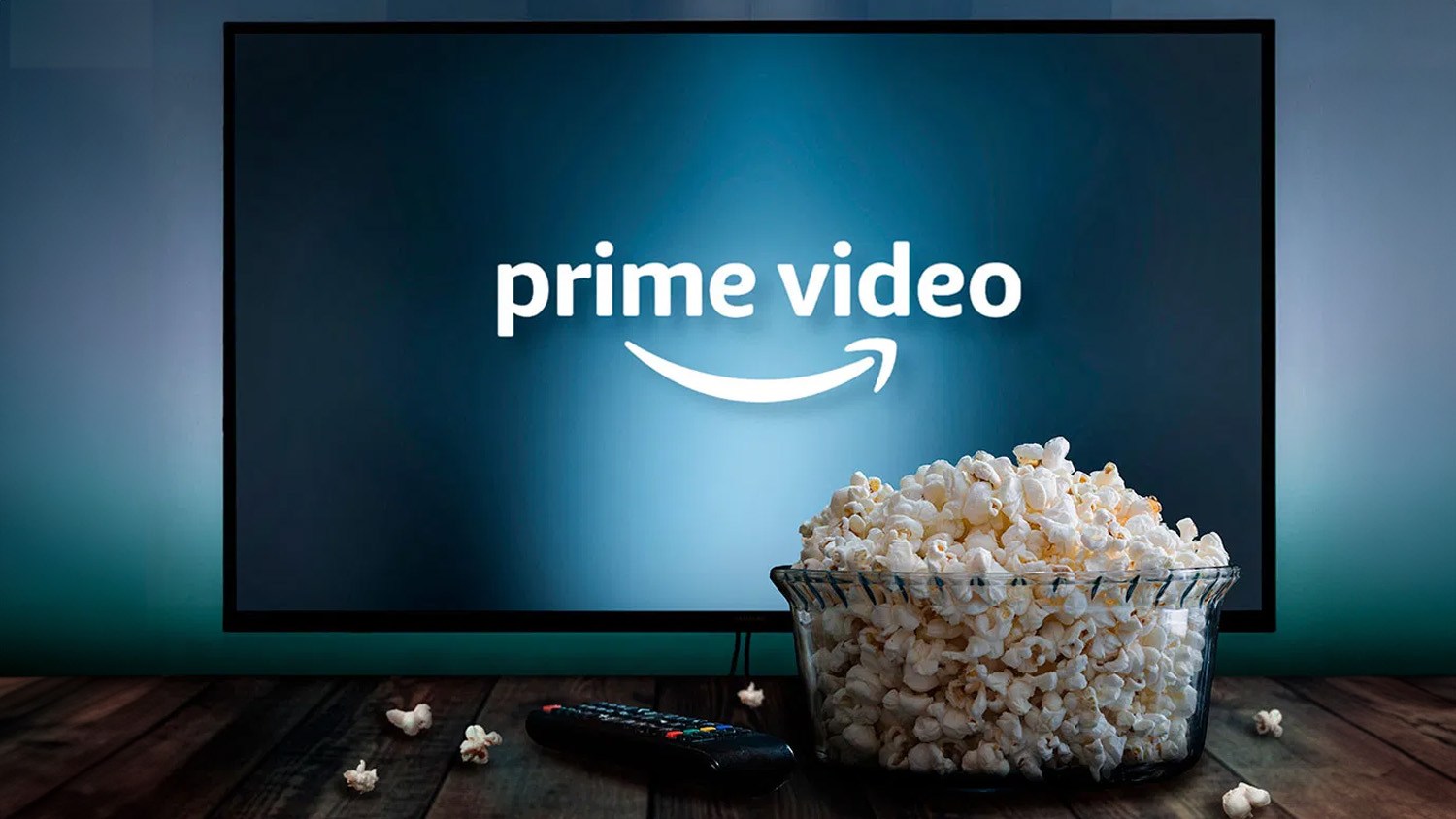For Thursday’s update on Los Angeles’ coronavirus response, Mayor Eric Garcetti was joined by actor Sean Penn, who’s been working with the city to operate drive-thru testing sites.
L.A. Fire Department Chief Ralph Terrazas, who’s also been working with Penn’s relief organization, joined the mayor to announce that 911 callers are now able to video chat with physicians and nurses.
Also speaking was Dr. Cynthia Davis, a public health veteran who worked to combat HIV in communities of color and developed L.A. County’s first mobile HIV testing program in 1991.
Her appearance came as county health officials on Thursday released data showing COVID-19 is killing black Angelenos at a disproportionate rate.
Blacks account for about 16% of 390 deaths in L.A. County, but only 9% of its population and 5% of the 10,854 cases, according to the new figures. The data remains incomplete, with 3,527 cases and 33 deaths still under investigation.
A similar trend is emerging statewide, with current figures showing black Californians — 6% of the population — account for 11% of its virus-related deaths.
Overall, cases continue rack up, and L.A. County on Thursday reported its highest single-day increase in fatalities for the third day in a row.
Speaking outside the Christian Crenshaw Center in Vermont Knolls, where COVID-19 drive-thru testing is being conducted, the mayor urged people in communities of color to get tested, saying the virus “doesn’t discriminate, but it’s impact can.”
Davis said the battle with AIDS has shown that the most important way to combat spread is knowing your status — so get tested as soon as possible if you don’t feel well.
But COVID-19 is also different from AIDS in that it’s airborne, very contagious and can be contracted from casual contract. That’s what allowed it to infect more than 500,000 people in America in less than 3 months, while it took AIDS about 40 years to spread to 1.1 million in the U.S.
Davis recommended taking “universal precautions,” meaning you should treat everyone as if they were infected with COVID-19.
“We cannot afford more community spread of this virus, which is preventable if we are abiding by the social distancing guidelines outlined by public health officials.”
L.A. ramps up testing capacity
Garcetti says the county now has enough capacity to test 11,000 people per day — meaning everyone who needs one can get tested the same or next day.
Anyone with symptoms can make an appointment at one of the 30 city- and country-run sites across L.A. County, which include drive-thru and walk-in locations.
So far, 61,000 people have been tested countywide. On Wednesday, the number of tests ran in L.A. County accounted for a third of the state total, according to Garcetti.
On Wednesday, Garcetti was joined by officials from USC, which is working with the county on antibody testing in hopes of determining how many asymptomatic people had the virus and now may be immune to it.
“The data that they are gathering will absolutely help us determine just how contagious and deadly the virus is so that our hospitals, public officials and public can plan accordingly,” USC President Carol Folt said.
As of Thursday, Penn’s organization CORE was running five drive-thru sites across the county that had provided 12,000 COVID-19 tests.
Penn started the nonprofit, which stands for Community Organized Relief Effort, to help rebuild Haiti after the 2010 earthquake, and it’s since been deployed to U.S. areas devastated by hurricanes.
“This is a very unique situation for us,” the actor said.
Even with “all the planning in the world,” Penn said the pandemic has created “too high a demand for any existing forces to handle if citizens don’t get involved.”
Penn says CORE is now working with the governor’s office to scale its operations up to the state level, and is working outside the state with the Rockefeller Foundation as well.
CORE has also helped LAFD pull firefighters and paramedics off testing operations and put them on other critical tasks, Terrazas said.
“The mission of testing is something we normally do, and it took quite a few of our firefighters away from their normal duties.”
That also puts first responders at a lesser risk of being exposed. So far 19 LAFD employees have tested postitive for coronavirus, but a spike in cases could create a crisis for the city’s emergency response, Terrazas said.
Remote medical help offered via 911
LAFD is also working to decrease firefighters’ exposure by rolling out a telemedicine program that it’s been developing for two years.
Physicians, nurse practitioners and physicians assistants in the emergency operations center will screen 911 callers and offer services through a “FaceTime-like platform,” Terrazas said.
A dispatcher will callers ask series of questions to determine if they qualify for telemedicine help, and transfer them to a provider if they do.
If the provider decides to proceed virtually, they’ll send a link to the caller’s smartphone to chat via video. From there, they’ll either be able to treat the person remotely, or send them transportation if they need to be seen in person — either an ambulance to an emergency room, or taxi to a local clinic.
The chief said they follow up with 100% of patients the following day, checking up on their health as well as their opinion of the telemedicine experience.
Terrazas cited one case in which a diabetic man with pain needed to see a doctor, but was scared to go out and potentially expose himself to the virus. He says the man got the prescription he needed, and was very grateful the next day.
Food, financial relief also available to L.A. residents
The mayor also on Wednesday announced a free meal program available to city of L.A. residents over 60.
Earlier this week, Garcetti extended relaxed parking enforcement through May 15, to coincide with the scheduled expiration of stay-at-home orders.
Until 4:30 p.m. Thursday afternoon, the city was collecting applications for the Angeleno Card, a donation-funded program that will give debit cards loaded with money to impoverished Angelenos. The initiative received an overwhelming response and had received more than 290,000 applications by Wednesday evening.
It will give up to $1,500 to people who’ve lost at least half their income due to coronavirus and were already below the federal poverty line before the crisis. Since funds are unlimited, it’s unclear how many people will ultimately benefit.











